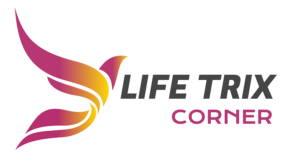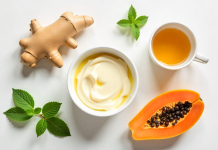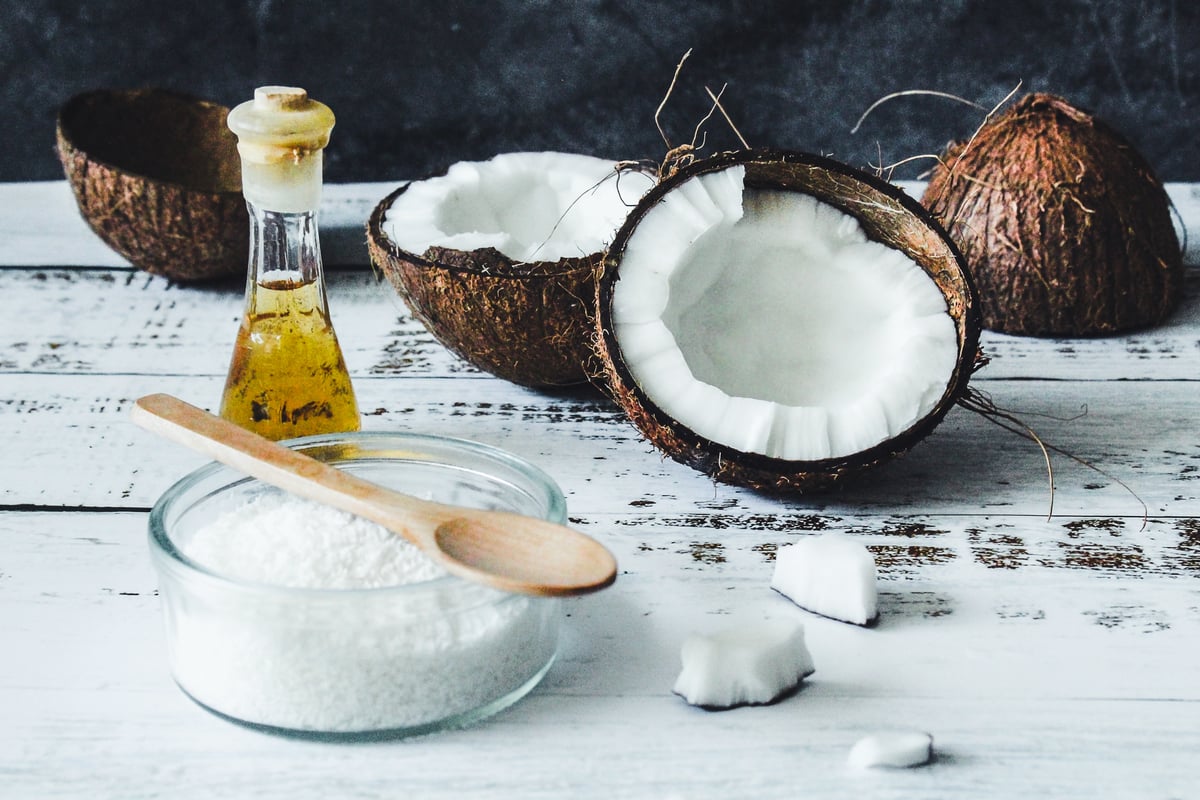Abstract
Achieving modern wellness requires a balanced synergy of consistent physical activity, nutrient-rich diets, durable mental health habits, and innovative science-backed tools. Traditional exercise and plant-based foods remain the foundation, while advanced compounds like SLU-PP-332 are expanding discussions around metabolic and performance enhancement. This article spotlights actionable workout strategies, evidence-driven health hacks, the advantages of plant-based eating, and the emerging role of cutting-edge compounds in holistic well-being—emphasizing that these innovations should enhance, not replace, established health practices.
Introduction
Optimal health is now recognized as a multifaceted pursuit—far beyond simply lifting heavier weights or monitoring calorie intake. Today’s wellness approach unites movement, nutrition, recovery, and scientific progress into a coherent lifestyle, with peak physical and mental performance arising from sustainable habits grounded in current scientific knowledge.
Interest in new wellness technologies has surged. Fitness tracking devices now record every heartbeat, plant-forward diets have become mainstream, and metabolic research is revealing novel compounds like SLU-PP-332, a selective PPARδ agonist, which is under study for its potential impacts on endurance, energy efficiency, and recovery.
Although SLU-PP-332 is still strictly at the research phase, its study highlights evolving conversations about how future wellness strategies might integrate time-tested fitness principles with innovative, cellular-level tools.
General Workout Strategies
Consistency is key in fitness—the most effective program is the one you can maintain over time.
-
Set Specific Goals
Commit to concrete targets rather than vague intentions. For example:-
Run a 5K in less than 25 minutes
-
Bench press your bodyweight
-
Complete an entire yoga session without modifications
-
-
Apply Progressive Overload
Gradually increase intensity—whether by lifting heavier, performing more reps, or running faster—to drive steady improvement and avoid performance plateaus. -
Focus on Functional Strength
Incorporate movements that mimic everyday actions (squats, deadlifts, push-ups, pull-ups), which make daily life easier and minimize injury risk. -
Track Performance
Keep a logbook for workouts, mood, and energy levels to monitor trends and assess recovery. -
Schedule Deload Weeks
Every 4–8 weeks, scale back intensity or volume to aid adaptation and reduce risks of overtraining.
Designing a Balanced Exercise Routine
A comprehensive fitness plan should include:
| Day | Focus Area | Sample Activities |
|---|---|---|
| Day 1 | Upper Body Strength | Bench press, rows, push-ups, pull-ups |
| Day 2 | Cardiovascular Endurance | HIIT sprints or steady run (30–45 min) |
| Day 3 | Mobility & Active Recovery | Yoga, foam rolling, stretching |
| Day 4 | Lower Body Strength | Squats, lunges, deadlifts, hip thrusts |
| Day 5 | Hybrid Conditioning | Kettlebell circuits, sled pushes, battle ropes |
| Day 6 | Skill/Sport Focus | Cycling, martial arts, swimming |
| Day 7 | Rest/Light Activity | Light walking, rest |
Studies suggest PPARδ activation, as investigated with SLU-PP-332, is associated with improved endurance and fat metabolism—qualities beneficial for sustained cardiovascular activities.
Wellness Hacks for Lasting Health
Minor, regular adjustments often yield greater results than sporadic, major overhauls:
-
Morning sunlight for circadian rhythm and vitamin D
-
Habit stacking (combine a new habit with an existing one)
-
Scheduled breaks from screens to alleviate mental fatigue
-
Cold water immersion to ease muscle soreness and boost resilience
-
Gratitude journaling to reduce stress and support mental wellness
Plant-Based Nutrition for Wellness
Nutrition underpins both fitness and recovery, with plant-based diets offering robust health benefits when well-structured.
-
Whole Food Emphasis: Prioritize legumes, grains, nuts, seeds, and colorful vegetables.
-
Maintain Protein Intake: Utilize lentils, tofu, tempeh, edamame, quinoa, pea protein.
-
Monitor Micronutrients:
-
Vitamin B12: Supplementation recommended for strict vegans
-
Omega-3s: Algae-based supplements are suitable alternatives to fish oil
-
Vitamin D: Essential, especially during low sunlight months
-
-
Meal Preparation: Batch cook staples to avoid reliance on processed foods and improve nutritional consistency.
The Role of SLU-PP-332 in Wellness Research
SLU-PP-332 is a selective PPARδ agonist currently available for research purposes, such as from providers specializing in peptides for laboratory studies in the USA. Its function is under investigation for its potential to:
-
Enhance Fat Metabolism: Promoting fat as a main energy source during extended activity
-
Increase Endurance: Animal studies suggest improved stamina via muscle fiber adaptations
-
Boost Mitochondrial Efficiency: Improving cellular energy production
-
Support Cardiovascular Health: Early research indicates possible benefits for lipid metabolism
Important note: SLU-PP-332 is not approved for human use, and current findings are strictly preclinical. Discussion here is for educational context—not as a recommendation for personal use or supplementation.
Linking Training, Nutrition, and Cellular Well-Being
The discussion around SLU-PP-332 underscores a broader idea: cellular health underpins performance. Exercise, especially endurance and resistance training, naturally enhances mitochondria and fat oxidation—functions being explored through PPARδ-related research.
Optimal well-being fuses:
-
Regular, progressive training
-
A nutrient-rich, anti-inflammatory diet
-
Adequate rest and stress control
-
Awareness of evolving scientific insights
This layered strategy fosters health that is both current and sustainable.
Holistic Wellness Plan: Sample Week
| Day | Primary Focus |
|---|---|
| Monday | Strength training (compound lifts) |
| Tuesday | Interval cardio (running/cycling) |
| Wednesday | Mobility and core stability |
| Thursday | Lower body strength |
| Friday | Sport or hybrid conditioning |
| Saturday | Extended cardio (steady-state) |
| Sunday | Rest, light walk, or meditation |
Nutrition Quick Tips:
-
Begin the day with a protein-rich breakfast
-
Drink 2–3 liters of water daily
-
Eat a rainbow of plants for diverse micronutrients
-
Cut back on ultra-processed and sugary snacks
Conclusion
Peak wellness is about integration: strength and nutrition support each other, movement empowers metabolism, and science informs habits. The most promising future lies in harmonizing proven lifestyle foundations with thoughtful exploration of new research, ensuring that wellness strategies remain both effective and forward-looking.















